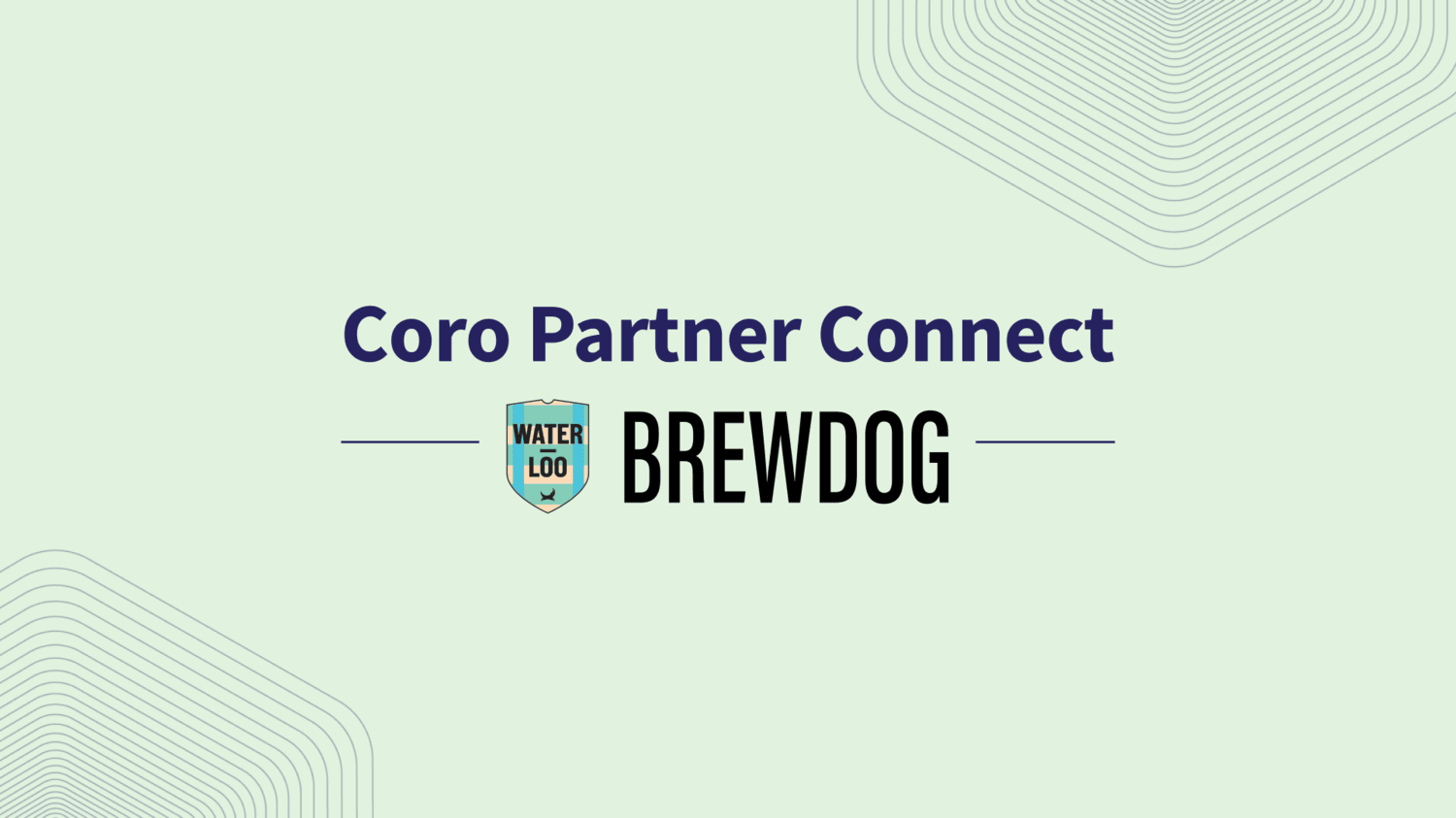The MITRE ATT&CK Framework (ATT&CK stands for Adversarial Tactics, Techniques, and Common Knowledge) is a globally-recognized resource that catalogs the tactics, techniques, and procedures (TTPs) used by adversaries in cyberattacks.
Forms/types of MITRE ATT&CK Framework
The MITRE ATT&CK Framework isn’t categorized into distinct forms or types like software versions. It’s a single, comprehensive framework, that offers a:
- Comprehensive Knowledge Base: Serves as a central repository for continually-updated information on attacker behaviors. This knowledge base helps security professionals understand how attackers operate so they can design their defenses accordingly.
- Structured Taxonomy: MITRE ATT&CK categorizes TTPs into various phases of the cyberattack lifecycle, from initial reconnaissance to final impact. This structured approach allows for easier analysis and comparison of different attack methods.
- Matrix Format: The information is presented in a matrix format, with tactics (attacker goals) on the left and techniques (methods used to achieve those goals) on the right. This visual representation helps identify potential vulnerabilities and develop targeted mitigation strategies.
- Community-Driven: The MITRE ATT&CK Framework is a collaborative effort, with contributions from cybersecurity experts worldwide. This ongoing development ensures the framework remains relevant and reflects the ever-evolving threat landscape.
The MITRE ATT&CK Framework can be compared to a playbook for a sports team. Both resources serve the purpose of understanding your opponent’s strategies and formulating effective countermeasures. MITRE ATT&CK focuses on the world of cybersecurity, acting as a reference guide for security professionals. It catalogs the tactics (goals) and techniques (methods) used by cyber attackers, allowing security teams to predict attacker moves and develop defenses. Similar to a team’s playbook with its offensive and defensive formations, MITRE ATT&CK offers a structured breakdown of attacker behavior.
This knowledge empowers security professionals to adapt their strategies and prioritize defenses based on the specific threats they face, much like a coach adjusts the game plan based on the opposing team’s strengths. Both MITRE ATT&CK and playbooks are constantly updated to reflect the evolving landscape, whether it’s new cyberattack techniques or innovative plays in sports.
Why Should Businesses Care About MITRE ATT&CK?
Businesses should care about the MITRE ATT&CK Framework for several reasons:
- Proactive Threat Defense: MITRE ATT&CK goes beyond just identifying threats; it helps you understand how attackers operate. This knowledge allows businesses to proactively identify potential attacks based on attacker behavior, rather than simply reacting to security incidents after they occur.
- Targeted Security Measures: The framework helps businesses prioritize their security investments. By understanding the tactics and techniques most relevant to their industry and threats, they can focus resources on the areas with the highest risk.
- Enhanced Communication and Collaboration: The framework provides a standardized vocabulary for discussing cyberattacks. This allows different security teams within a business, as well as external security partners, to communicate effectively and collaborate on defense strategies.
- Alignment with Security Frameworks: MITRE ATT&CK aligns with various cybersecurity frameworks like NIST Cybersecurity Framework. This means businesses can use ATT&CK to improve their compliance posture and demonstrate their commitment to data security.
MITRE ATT&CK In the Context of Cybersecurity Frameworks
MITRE doesn’t directly function as a cybersecurity framework itself. Instead, it acts as a complementary resource that integrates seamlessly with various cybersecurity frameworks.
Traditional frameworks often outline security best practices and controls. MITRE ATT&CK takes a different approach by focusing on the TTPs used by an ever-changing collection of cyber attackers. This attacker-centric perspective empowers security professionals to understand how attackers operate and anticipate their moves.
MITRE ATT&CK is designed to be vendor-neutral and agnostic to specific security frameworks. It can be integrated with frameworks like NIST Cybersecurity Framework, ISO 27001, or CIS Controls. This allows organizations to leverage the strengths of both, using MITRE ATT&CK to inform their security strategy and existing frameworks to define security controls and best practices.
By aligning MITRE ATT&CK with cybersecurity frameworks, organizations can make informed decisions about their security posture. They can identify gaps in their defenses by comparing their current controls to the attack techniques outlined in ATT&CK. This helps them prioritize security measures and focus resources on addressing the most relevant threats.
New security tools and attacker techniques emerge constantly. MITRE ATT&CK focuses on the core tactics and techniques that underpin various attacks, ensuring the framework remains relevant even as the specific tools used by attackers change.
Related Systems or Technologies
MITRE ATT&CK strives to be a vendor-agnostic framework and doesn’t recommend specific security solutions. However, you’ll often find MITRE ATT&CK mentioned in relation to:
- Endpoint Security Solutions: These solutions protect individual devices like laptops, desktops, and mobile phones. They can act as a first line of defense against various attacker techniques outlined in MITRE ATT&CK, such as malware infection, phishing attacks, and authorized access attempts.
- Intrusion Detection and Prevention Systems (IDS/IPS): These systems monitor network traffic for malicious activity and can block attacks aligned with MITRE ATT&CK tactics like reconnaissance (discovery), command and control, and data exfiltration.
- Security Information and Event Management (SIEM): SIEM systems collect and analyze logs and events from various security solutions, including those mentioned above. This allows for a centralized view of security activity and helps identify potential attacks that leverage multiple tactics from the MITRE ATT&CK framework. Imagine SIEM acting as a security operations center that correlates events from endpoint security, IDS/IPS, and email security to identify complex attack campaigns.
- Email Security Solutions: These solutions focus on protecting email from various threats mentioned in MITRE ATT&CK (Initial Access, Social Engineering, Delivery), including spam and phishing emails and malicious attachments. Email security can filter out spam emails and identify phishing attempts based on suspicious content and sender information and scan attachments for malware and prevent them from reaching users’ inboxes.
Related Regulations or Compliance Goals
While MITRE ATT&CK itself isn’t a regulation or compliance goal, it plays a vital role in achieving compliance with various data privacy and security standards. Here’s how:
- Understanding Threats
MITRE ATT&CK catalogs the tactics, techniques, and procedures (TTPs) used by attackers. Regulations like the EU General Data Protection Regulation (GDPR) and Health Insurance Portability and Accountability Act (HIPAA) emphasize protecting sensitive data. By understanding common attack methods, organizations can identify vulnerabilities and implement controls to mitigate risks of data breaches that could violate these regulations.
- Targeted Security Measures
MITRE ATT&CK helps organizations prioritize security measures based on the specific threats they face. This aligns with compliance goals that require organizations to implement appropriate safeguards based on the risks associated with their data. For example, Payment Card Industry Data Security Standard (PCI DSS) mandates strong security measures for protecting cardholder data. By understanding relevant attack techniques from ATT&CK, organizations can focus on securing systems that store this sensitive data.
- Demonstrating Due Diligence
Regulations often require organizations to demonstrate that they take reasonable steps to protect data. Using the MITRE ATT&CK framework to inform security decisions shows a proactive approach to cybersecurity. This can be valuable evidence in case of a data breach, helping organizations demonstrate they exercised due diligence in protecting sensitive information.
- Improved Threat Detection and Response
Compliance goals often involve having effective incident detection and response plans. MITRE ATT&CK helps security teams identify potential attacks based on attacker behavior. This allows for faster detection and response to security incidents, minimizing potential damage and regulatory violations.




